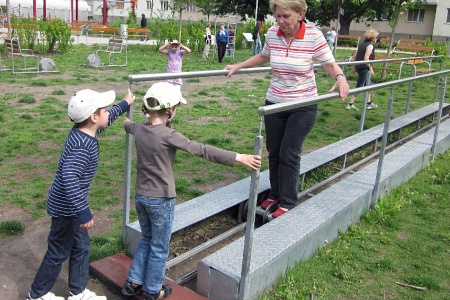
This is curation as a set of digital literacy practices.Įveryday examples of such practices include retweeting, ‘liking’ on Facebook, collating tweets and other updates into thematic collections (e.g. These processes are, as Tufte outlines, about anthologising older content to produce new content and creating a new experience for readers, by giving a new life (or new ‘reality’) to an older text.


Without going into too much detail here in a blog post, but drawing from Tufte, some aspects of my PhD data reveal different instances of digital curation in the completion of student work, during the writing of assignments. Select, edit, single out, structure, highlight, group, pair, merge, harmonize, synthesize, focus, organize, condense, reduce, boil down, choose, categorize, catalog, classify, list, abstract, scan, look into, idealize, isolate, discriminate, distinguish, screen, pigeonhole, pick over, sort, integrate, blend, inspect, filter, lump, skip, smooth, chunk, average, approximate, cluster, aggregate, outline, summarize, itemize, review, dip into, flip through, browse, glance into, leaf through, skim, refine, enumerate, glean, synopsize, winnow the wheat from the chaff, and separate the sheep from the goats. To better explain curation in digital environments, the information theorist Edward Tufte (1990) provides a useful and elaborate explanation of the kinds of practices that people tend to do in “information thick worlds”.

The term has usually been employed to describe such work which is carried out in museum settings, and has now evolved to describe what is often done in digital environments and online spaces (see ). The word ‘ curation’ comes from the Latin root curare, meaning ‘to cure’ or ‘to take care of’ and historically relates to any processes of organisation, collation, judicious selection (usually for presentation), and even curing and preserving.


 0 kommentar(er)
0 kommentar(er)
